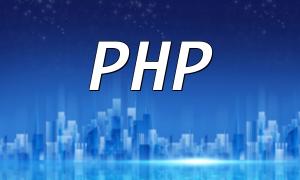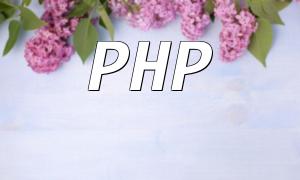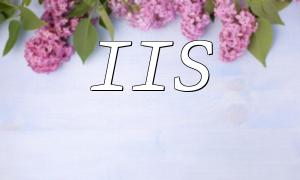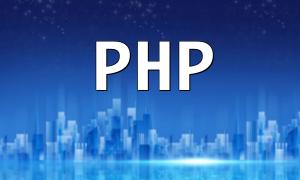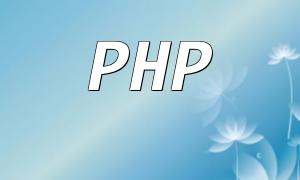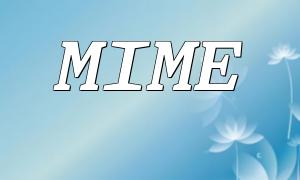PHP, as an open-source scripting language, is widely used in website development. When it comes to multi-user e-commerce systems, there are several advantages to using PHP as the backend development language:
PHP has a simple syntax, which makes it easy to learn and master, even for beginners. Additionally, PHP is well-documented and has a large number of tutorials and resources available online. This makes it easier for developers to solve problems and also ensures that PHP-based systems are easier to maintain and expand in the future.
PHP can handle high traffic loads effectively, providing excellent performance. It offers a lightweight execution environment, making it ideal for developing lightweight web applications like blogs, social networking sites, and e-commerce systems.
As an open-source language, PHP's source code is publicly available for developers to access. This encourages collaboration and allows developers to stay up to date with the latest technologies and best practices, while also reducing development costs.
PHP can be used in several ways to build multi-user e-commerce systems. Below are two common methods:
PHP frameworks provide developers with a complete set of tools for building web applications. These frameworks offer built-in features for managing databases, routing, templates, and more, which can significantly speed up development. Using a PHP framework can help accelerate the development of e-commerce systems.
Here’s an example code snippet using the Laravel framework to implement routing and controllers for the e-commerce system:
In the code example above, we set up a route `/products`, which points to the `index` method in the `ProductController`. This method retrieves all products and returns a view, which renders HTML using the product data.
In addition to using PHP frameworks, there are many pre-built multi-user e-commerce systems that can be used right out of the box. These systems come with many common features like user registration, product display, shopping carts, payment processing, and order management. By using these ready-made systems, developers can save time and costs, allowing them to focus more on the specific needs and customizations of the system.
Here’s an example of using the WooCommerce plugin to implement product display and order processing:
In this example, we use the WooCommerce plugin to fetch all products, display the shopping cart, and process orders. The powerful API provided by WooCommerce handles most of the functionality required for a multi-user e-commerce system.
In conclusion, PHP offers numerous advantages for backend development in multi-user e-commerce systems. It is easy to learn, performs well, and is open-source, which helps developers increase development efficiency and improve code quality. Whether using PHP frameworks or ready-made multi-user e-commerce systems, developers can quickly build fully-functional and efficient e-commerce platforms.
